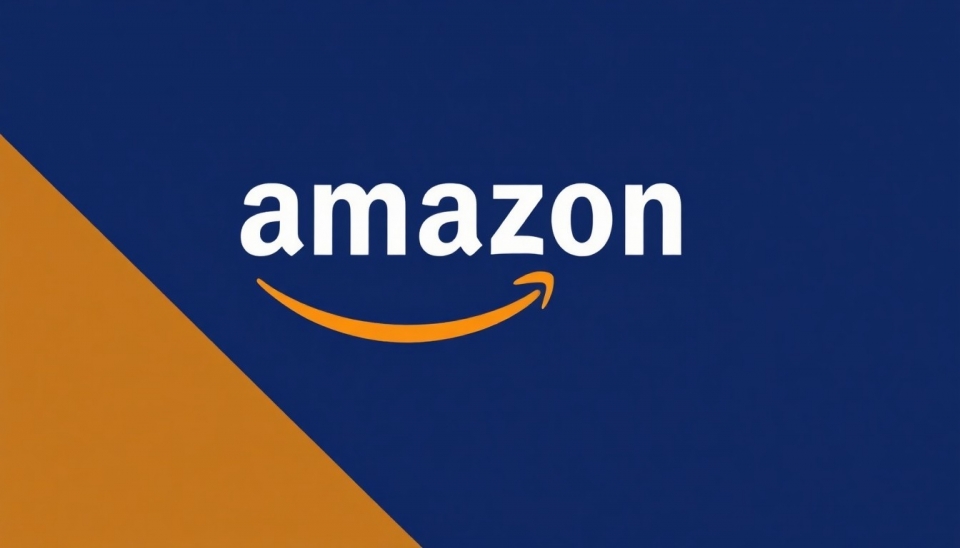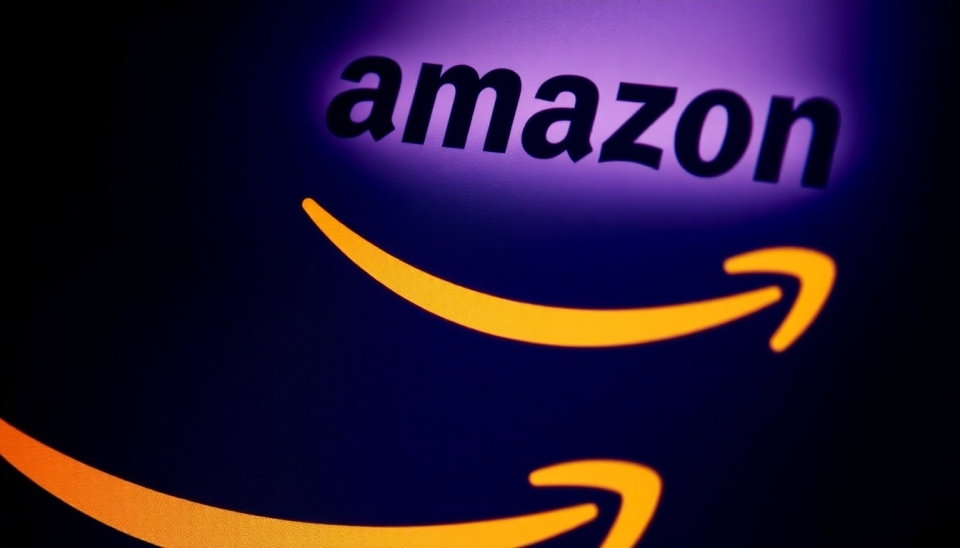
In a pivotal moment for the ongoing antitrust case against Amazon, the focus has shifted towards the crucial question of who truly constitutes the company's competitors in the marketplace. This debate carries immense weight, not just for the future of Amazon, but also for the broader implications on the e-commerce sector and regulatory landscape.
Amazon has been facing legal scrutiny as legislators and regulators seek to determine whether the company's market practices truly stifle competition or merely reflect its dominance in an evolving sector. The current discussions are centered around the identification of Amazon’s key rivals — a task that has proven complex given the diverse range of companies in the e-commerce environment.
Litigators are dissecting the competitive landscape, with a particular emphasis on whether traditional retailers like Walmart, digital platforms like eBay, or specialized online sellers can be classified as direct competitors to Amazon. Each case presents a different scenario regarding pricing strategies and consumer behavior, challenging regulators to meticulously assess what competition means in a digital economy.
Proponents of the case argue that Amazon’s pricing policies and logistics capabilities create an uneven playing field that undermines competition, while Amazon itself defends its practices citing a commitment to enhancing consumer choice through lower prices and faster delivery options.
The outcome of this case may not only shape how Amazon operates in the future but could also set a precedent for how tech giants are held accountable for their market influence. The desire to clarify the competitive framework is vital as many parties seek to either bolster their market presence or reform existing practices to align with regulatory expectations.
As the case advances, the spotlight will increasingly be on the evolving definitions of rivalry within the tech and retail logistics ecosystems. As such, the implications for consumers and businesses across the board could be substantial, affecting everything from product pricing to service quality. The legal battle encapsulates a larger dialogue about the balance of power in the digital marketplace and the rights of consumers to enjoy competitive pricing.
In a rapidly changing market, understanding who competes with whom is essential, making this segment of the antitrust case one of the most crucial elements yet. The questions raised will resonate well beyond the courtroom, engaging economists, business leaders, and consumers alike.
As observers eagerly await the next developments, the industry is left to ponder what the outcomes may mean for competition, innovation, and consumer choice in the future.
#AmazonAntitrust #Ecommerce #MarketCompetition #AntitrustLaw #DigitalEconomy #ConsumerRights #TechGiants
Author: Emily Collins
